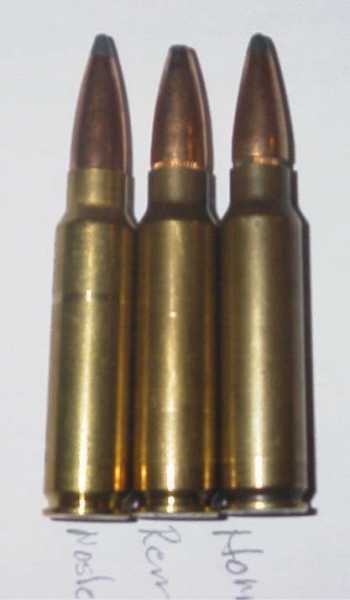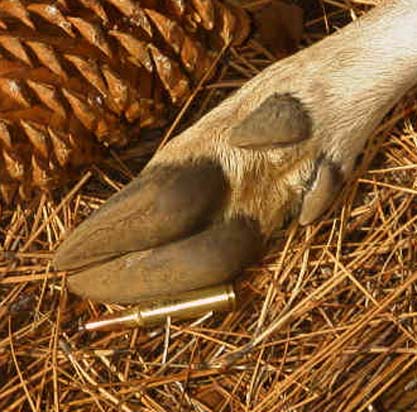My Dad gave me his Remington 722 in .300 Savage about thirty years ago. In addition there were two other .300 Savages in the house, a model 99, model 81 Remington. The majority of deer kill during the early years was with the Remington 150-grain C-L, or 150-grain Bronze Point. The success rate was high with those bullets.
A friend’s Dad was a County trapper and he carried a 300 Savage and used 130-grain Hornady Spire Pt hand loads. As I recalled he pushed them with surplus 4895.
When the M722 became mine, I spent a lot of time on load development, and practice. Part of it came about because I changed scopes a couple of times. I had my concerns towards loading the .300 Savage because of all the talk about how difficult it was to load the short neck cartridge. And as a kid I never saw anybody loading the case having any difficulties. I started out loading two different bullets 150-grain Speer and the 150-grain Hornady. I also tried two different powders IMR4320 and IMR4064. I preferred the results of IMR4064 and have not loaded with 4320 since the first testing.
In the 1990’s I again started cranking out a lot of .300 Savage ammunition adding into the mix AA2015BR with 150-grain bullets and three different 165-grain bullets. I had found the 165-grain bullet effective in the 30-06, and when my hunting partner put them to use there was meat on table. I no longer had a 30-06 but I had a very good supply of 165-grain Nosler PT, Hornady 165-grain Boattails and Hornaday flat base, and 165-grain Remington CL. A little bit of logic came forth in the knowledge that the standard factory bullets for the 300 Savage are the 150-grain and the longer 180-grain.
I use the same charge of IMR4064 with all four bullets. They basically shot into the same group at a 100 yards, then the Boattail becomes a little flatter followed by the Nosler PT, and then the Remington C-L.

L to R Nosler PT, Remington C-L, Hornady Boattail 165 grain bullets.
When loading I use standard large rifle primers. I use a long drop tube when charging the case because my load slightly compresses the powder. A reason for not having a problem maybe in case preparation, I always make sure the cases a trimmed to the same length and the neck is chamfered inside and out. (The Lee chamfering tool always leaves a polished ring on the body of the case.)
The Nosler Partition is not called for in the 300 Savage, but I have them and I use them. The down side to using 165-grain bullets is they exit and you have not bullet to take a picture of. The buck I shot with the Partition this year was hit on the front edge of the front shoulder the bullet continued into the neck hitting the spine, and exited the center on the far side. The rapid expansions of the front portion of the bullet created hemorrhaging all the way back to the flank on the entrance side on a large buck.
Now days I am not interested in taking a bear because nobody will eat it, but I still encounter bear while out hunting. I feel my 165-grain load will do a good job on a bear. Having seen the exit hole the 165-grain bullet creates in a deer is the primary reason it is my bullet of choice. The slight amount of energy lost out the far side is more then made up by a good blood trail. All three bullets are accurate, but I rate the Hornady Flat Base first. The best over all value when loading for the .300 Savage is bulk 165 grain Remington C-L. Last time around I bought 500 C-L.
Since 1979 I have load approximately six-hundred and fifty .300 Savage rounds, using approximately four pounds of powder. Currently I am recreating 7.62 cases into .300 Savage. This batch will be using 150-grain Nosler Balistic Tips, pushed by AA2015 powder. The purpose is off hand shoting drills and a little coyote hunting.

